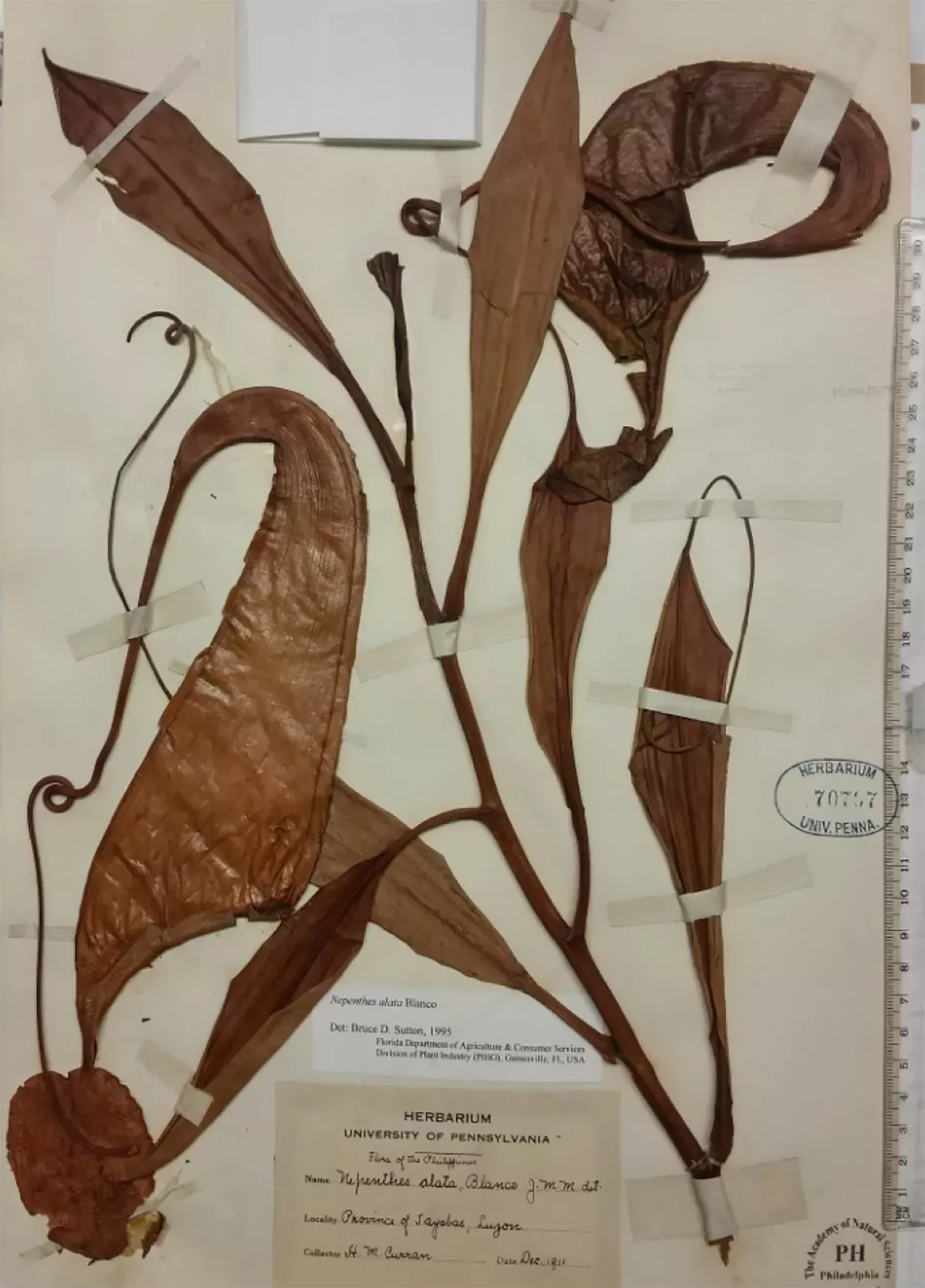11 March 2022
Tragedy and hope: Lost and saved plants
Inspired by Zadok Ben-David's Natural Reserve exhibition at Kew, meet some of the plants that have been lost to, or saved from, the human impact on nature.

'I have always been fascinated by the idea of how humans rely on nature for survival, yet seem to forget this essential fact in everyday life.'
Said Zadok Ben-David, the award-winning artist behind Natural Reserve; currently showing in our Shirley Sherwood Gallery of Botanical Art.
As well as looking at the relationship between nature and humankind, this incredible exhibition highlights the duality of tragedy and hope.
Right now, these themes have never been more resonant.
As humanity’s impact on the natural world grows ever larger, it’s increasingly common to see stories of plants becoming endangered, or even extinct.
But all hope is not lost; there are still many plants being brought back from the brink of extinction, now surviving and in some cases thriving.
Here, we share four stories on plants that have been lost and saved from our rapidly changing world.

The loneliest olive tree
Saint Helena is a small volcanic island in the middle of the Southern Atlantic Ocean.
After discovery by the Portuguese, it became a British colony and was the final home to Napoleon after his defeat at Waterloo.
The isolated island was also once the only home of the Saint Helena olive tree (Nesiota elliptica).
During the 19th century, human impact dramatically reduced the population of the Saint Helena olive as area was cleared for agricultural use.
By 2004, the last surviving tree had died from a fungal infection and the Saint Helena olive was officially declared extinct.
Other species on the island, such as stringwood (Acalypha rubrinervis) and the dwarf cabbage tree (Wahlenbergia roxburghii) have also disappeared from the hills of Saint Helena due to human impact.

Fighting for Saint Helena's wildlife
With Saint Helena having lost so much of its endemic plant life, it is crucial that scientists work to preserve the species that remain.
In our Tropical Nursery, two species of gumwood (Commidendrum) that are endemic to the island have been successfully grown from seeds stored at the Millennium Seed Bank.
False gumwood (Commidendrum spurium) and bastard gumwood (Commidendrum rotundifolium) are now growing in our Gardens.
As they live in such small populations on Saint Helena, the genetic diversity of these plants is very low.
To counter this, Kew staff are carefully cultivating these plants and controlling their pollination to ensure maximum diversity.
Our scientists and partners are working to gather more seeds from endangered species on Saint Helena, to store in our Millennium Seed Bank and ensure that these endemic species are not lost forever.

Seeing the bigger pitcher
Tropical pitcher plants (Nepenthes), sometimes better known as monkey cups, are found across southeast Asia.
There are so many different Nepenthes species that the number known to science has doubled in the past two decades to over 180 species.
A 2020 study by Kew scientists discovered that a herbarium specimen of the species Nepenthes maxima collected over a century ago hadn’t been correctly identified.
They realised it was in fact a brand-new species of Nepenthes, which they named Nepenthes maximoides.
Unfortunately, in the time since its collection in the 1910s, no other specimen has been collected and identified by science.
The area where the specimen was collected from has been heavily impacted by humans, with forest being cleared for agricultural land, as well as large amounts of tourism and pilgrimage to the area.
While there is still hope that another Nepenthes maximoides will be found, it is currently considered Critically Endangered, possibly extinct.

Preserving a living fossil
The ginkgo tree (Ginkgo biloba) first appeared around 51 million years ago, making it one of the most ancient plant species still alive today.
Despite the longevity of the species, the ginkgo is now listed as Endangered on the IUCN Red List.
There are now only a few known populations in the wild. The lack of genetic diversity puts the tree at high risk of extinction from threats such as disease or parasitism.
Kew scientists are monitoring and carrying out conservation assessments of the species. This will reveal trends in extinction risk and help focus conservation efforts where they are needed most.

Perfectly illustrated
The ginkgo tree provided inspiration for Blackfield, the striking centrepiece of the Natural Reserve exhibition at Kew.
Zadok Ben-David used botanical illustrations from our collections to inspire the designs for the miniature floral motifs.
If the ginkgo tree should ever go extinct, botanical illustrations provide a perfect record of key scientific features.
But between our work identifying and documenting new species to science, advising governments and wildlife protection agencies on new regulations, and collecting species for storage in our Millennium Seed Bank, we want to see more plants saved from extinction.
We are committed to protecting plants and fungi for the future of all life on Earth. After all, in the words of Zadok Ben-David, we rely on nature for survival so it's only right that we protect it as best we can.
